Stimulating neuron growth using a new mRNA therapy, researchers hope to treat chronic pain caused by disease, injury, or chemotherapy.
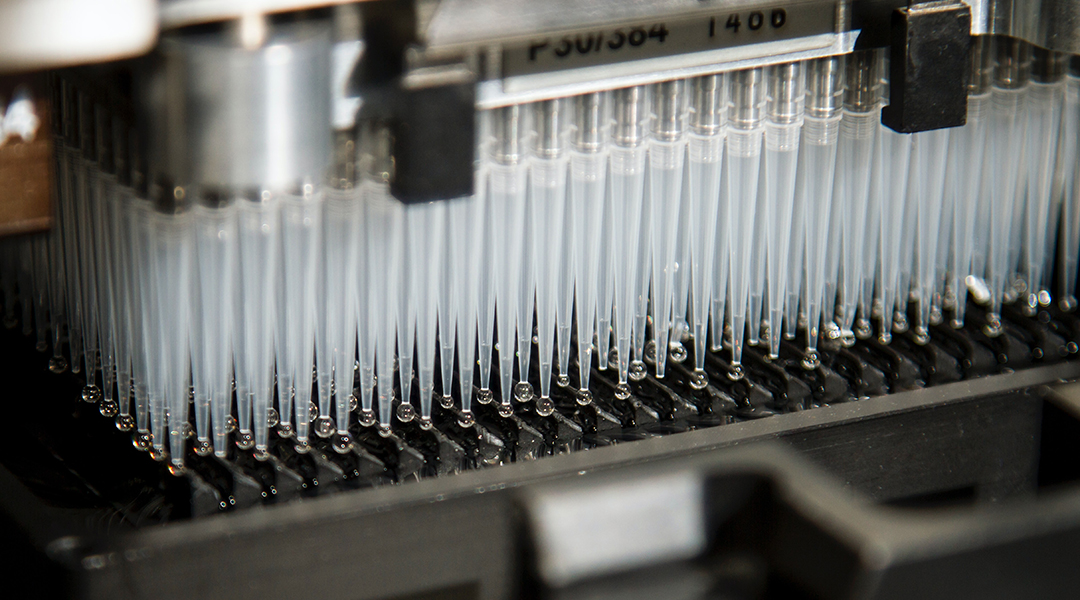

Stimulating neuron growth using a new mRNA therapy, researchers hope to treat chronic pain caused by disease, injury, or chemotherapy.
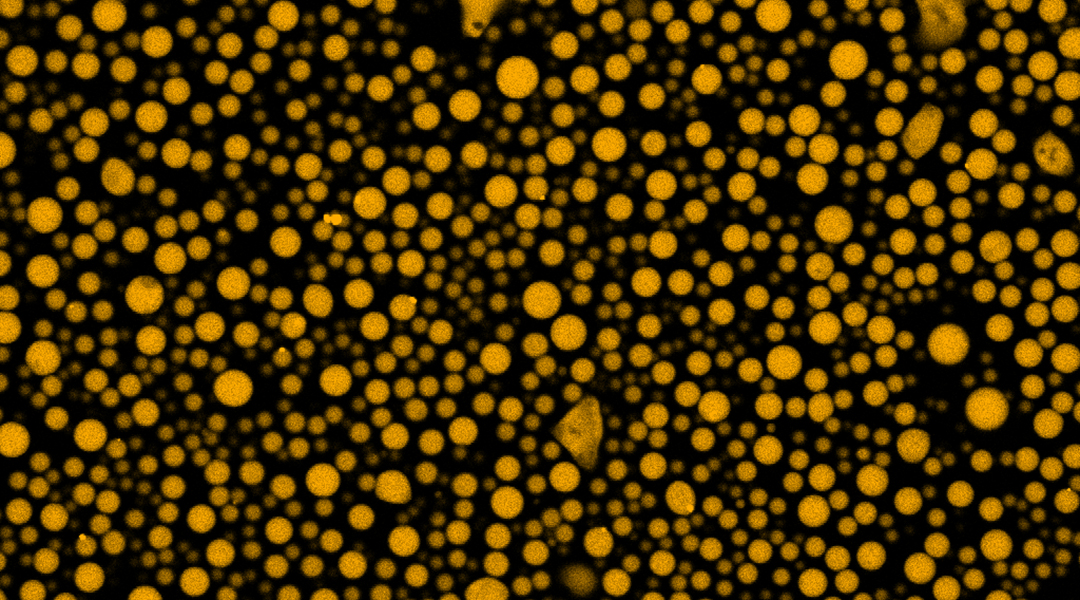
New research inspired by “viral factories” shows the potential of encapsulating target molecules in membrane-free compartments.
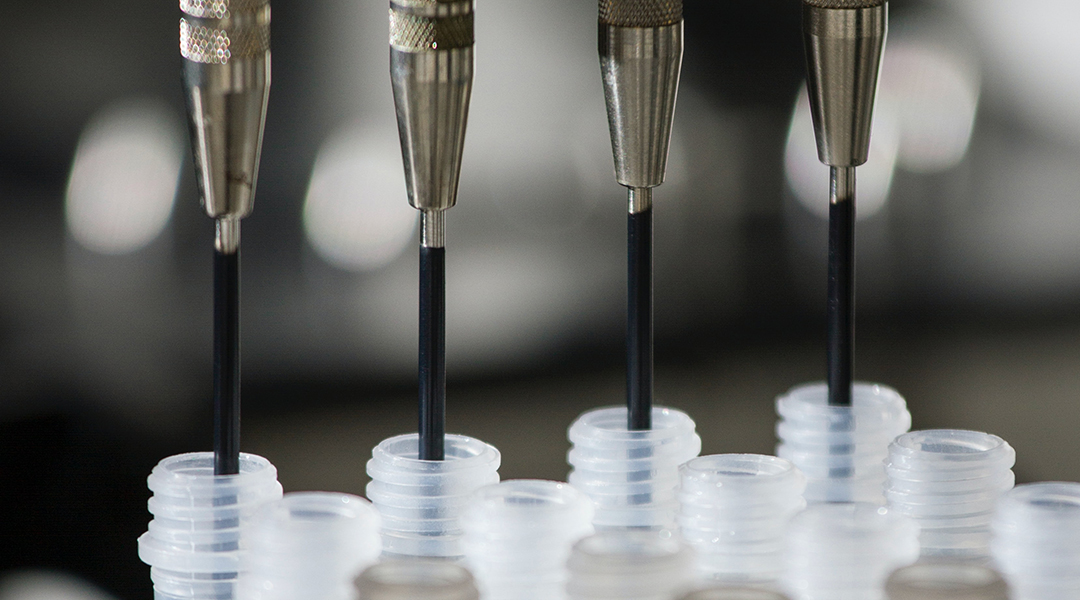
Artificial enzymes could help bring down the manufacturing costs of different medications, making them more available to patients.
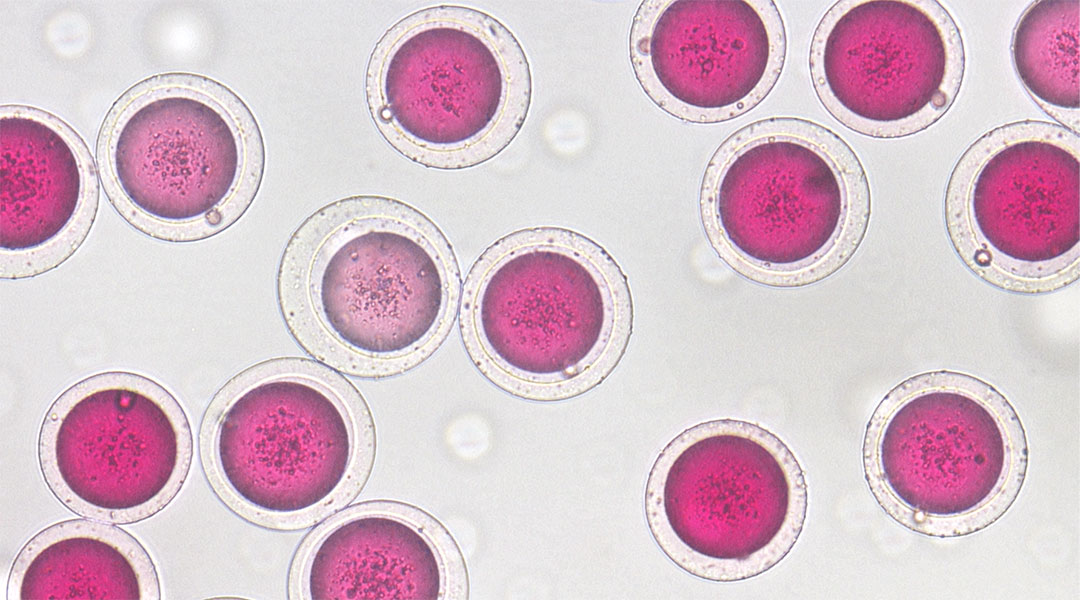
Check out atomic glimpses of graphene ribbons, double bubble microspheres, and a solar evaporator made from bone.

Using unique artificial microenvironments, chemical engineer Alison McGuigan is getting to the bottom of cell behavior.
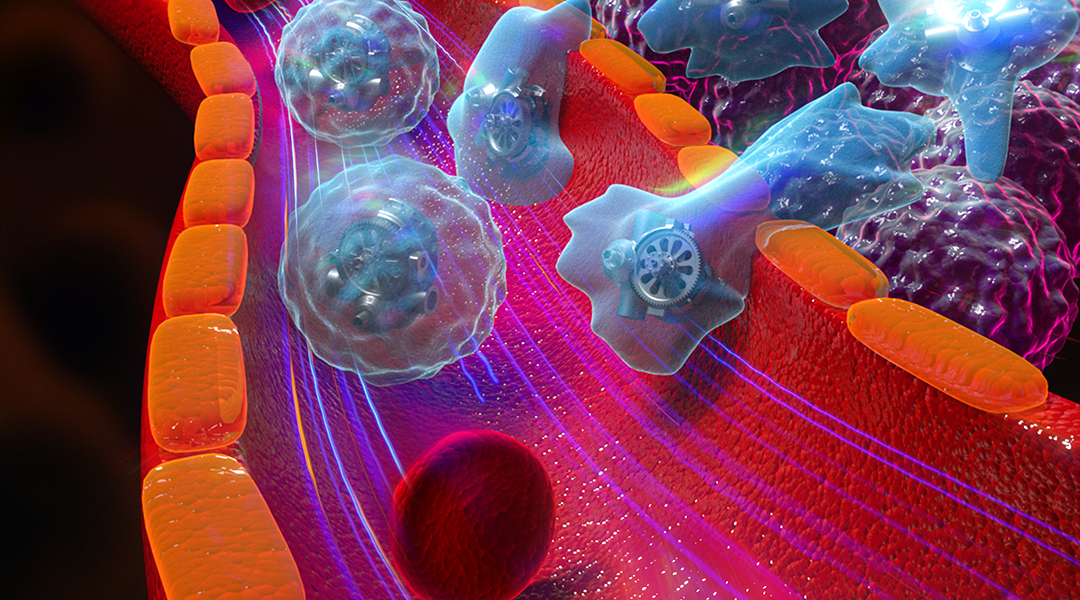
Swimming cellbots capable of autonomous motion and drug encapsulation can deliver their payload at desired sites.
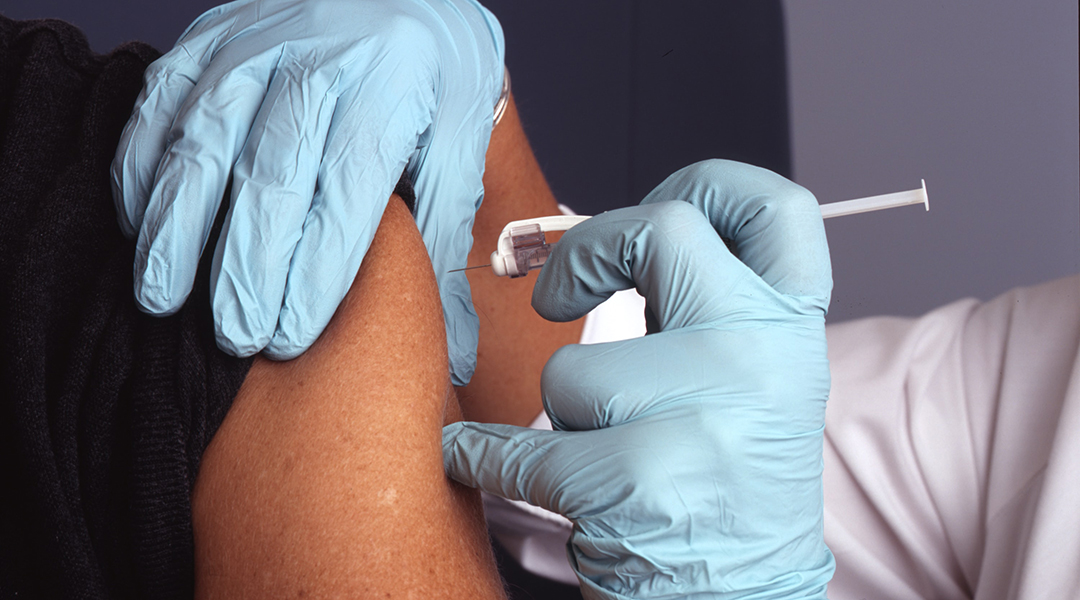
A rare type of antibody found in some individuals could help develop an HIV vaccine to target highly diverse viral strains.

A short course of the drug rapamycin in mice and fruit flies provided anti-aging benefits and an extended lifespan.
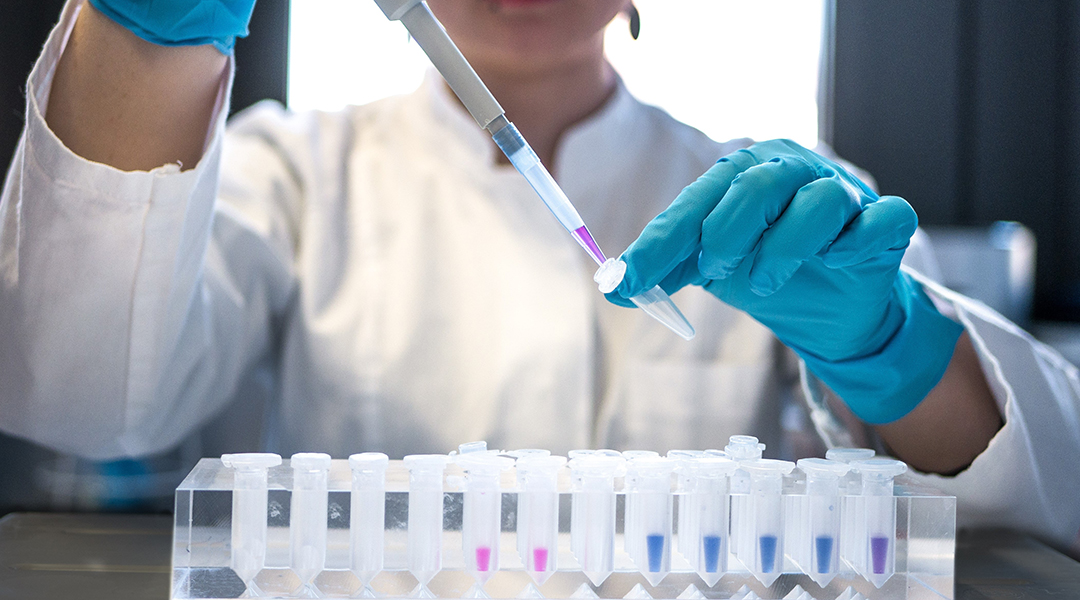
Clumping proteins act as vaccine adjuvants, activating immune signalling pathways triggered by cell stress.
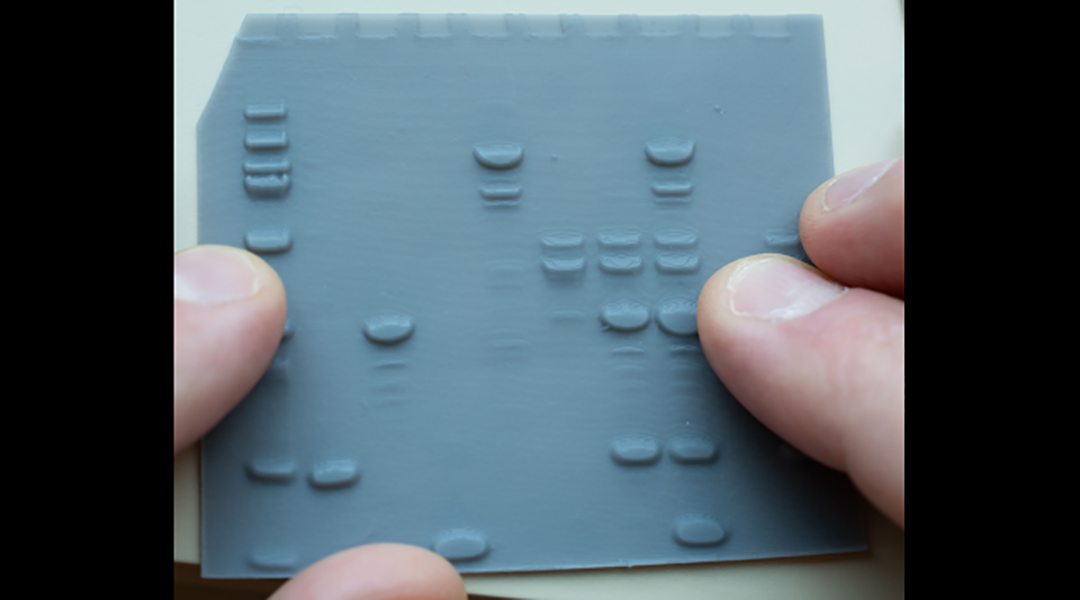
3D-printed lithophanes are helping to democratize science by making data more shareable between sighted and blind scientists.